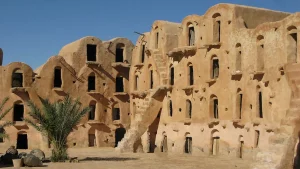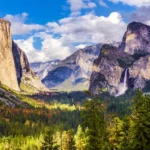It is called the “roof of Africa” and it reigns supreme over the plains of Tanzania. Culminating at 5,895 meters above sea level, Kilimanjaro is not only the highest peak in Africa but also the fourth of the seven highest peaks in the world! No doubt that its ascent makes many people dream, especially when we learn that it is accessible to anyone in good physical condition. Zoom on the essential information and advice to undertake one of the most incredible treks of your existence.
When To Climb Kilimanjaro?
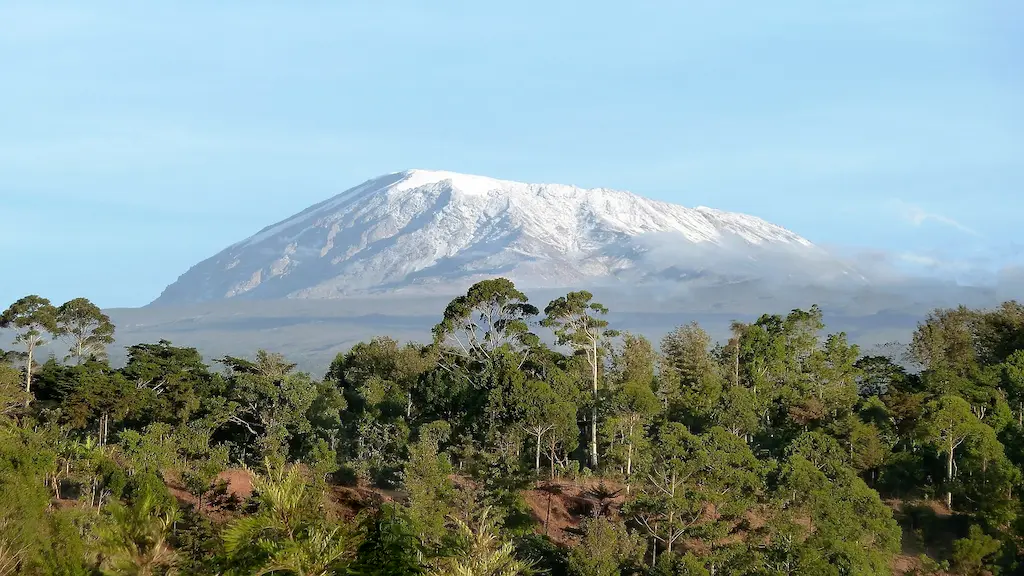
Located on the equator, Tanzania has a tropical climate and therefore has a rainy season and a dry season. As you can imagine, we recommend that you avoid the rainy season, which runs from mid-March to May and from late October to early December. However, the climatic changes of the last few years have not been without disrupting the climate of Kilimanjaro and despite these recommendations, it is possible to have some (good or bad) surprises once you are there.
For the rest, it is possible to make the ascent throughout the year, some periods like July to October are the peak season of trekking, and therefore the most frequented by visitors. For more calm, go in January and February and enjoy ideal conditions without suffering the tourist frenzy.
How To Choose A Guide For Kilimanjaro?
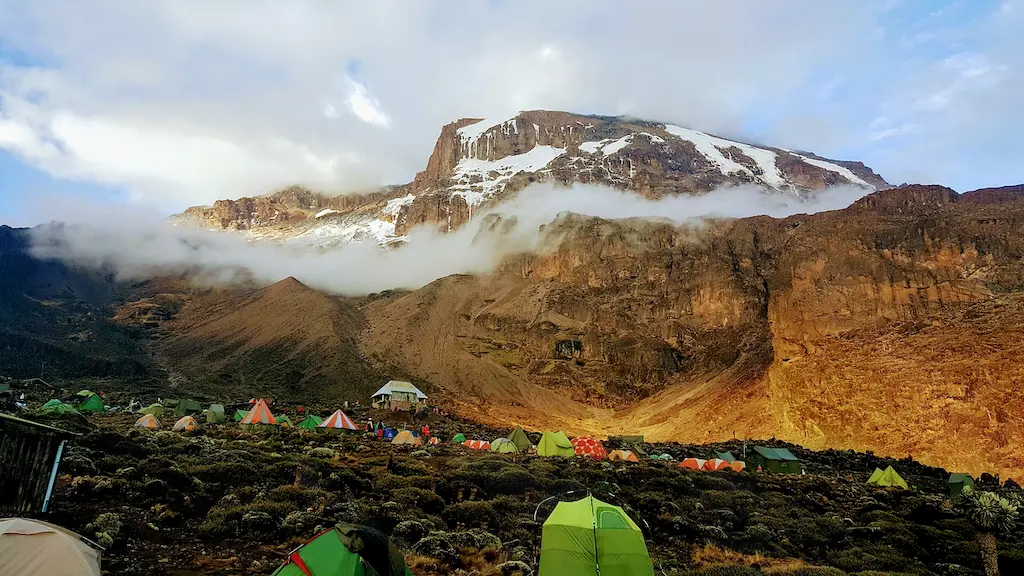
The adventurers will perhaps have it bad, but formal prohibition to attack the ascent without a certified guide nor team of support, that is to say of a cook and porters. Indeed, the ascent of Kilimanjaro being regulated, it is your guides who will take care of the regulations concerning the camping and cooking equipment but also your safety and your health during the whole expedition.
The economy of Tanzania is mainly based on tourism, it is up to you to inquire about the good conditions of remuneration of your team on the spot by questioning your tour operator. Of course, it may cost a few extra dollars, but when you see the burden they carry every day to provide you with the comfort of your rest camp, your tents set up and a good hot meal prepared, you will be more than grateful!
What Equipment Should I Bring For Kilimanjaro?
Depending on the route you choose to take, it will take between five and eight days of walking to reach the summit and back down. Starting at around 1,640 meters and ending at 5,895 meters, you will go from temperatures ranging from 20-25°C, too -10°C or even -20°C once you reach the summit. It is therefore unthinkable to skimp on the quality and quantity of your equipment.
Be particularly careful when choosing your trekking clothes, which must be adapted to the temperature variations, your protection and comfort equipment, the first aid kit, the toiletries, the documents that you will take with you, or the food that will allow you to keep the energy necessary for the long hours of walking. If this is your first big climb, you will quickly realize that all this equipment represents a significant budget. So don’t hesitate to rent some of it, from professionals or even from your tour operator, but always pay attention to quality!
Opt For The Right Route
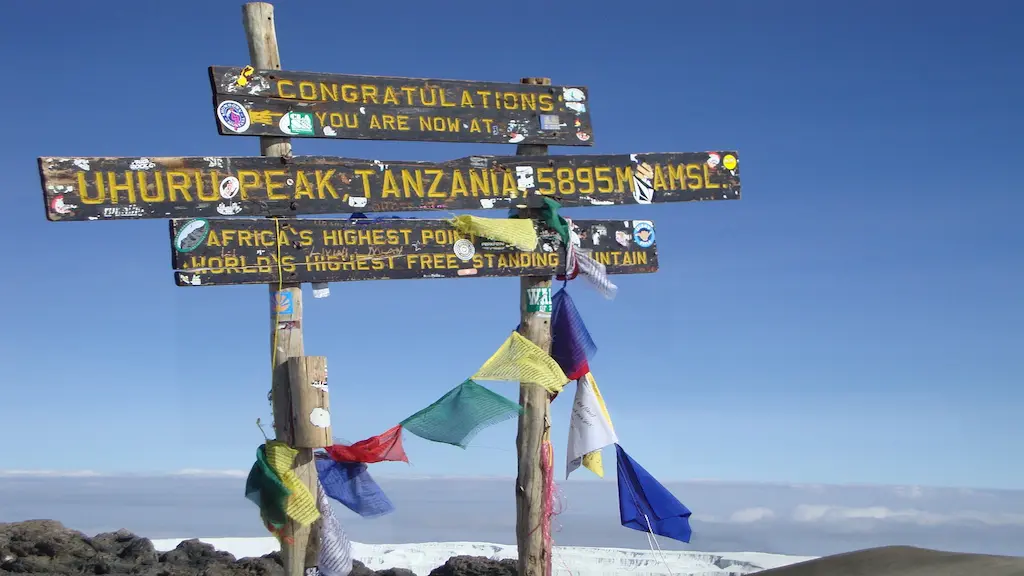
To reach “Peak Uhuru”, in other words, the summit of Kilimanjaro, several routes will be offered to you. Indeed, no less than six routes open up on the slopes of the “Roof of Africa”. The most popular is the Marangu and Machame routes, respectively nicknamed “Coca-Cola road” and “Whisky road”. While the former is the oldest and easiest route, the Machame route offers more spectacular scenery. Although a little more sustained, the ascent by these two routes allows the body to acclimatize to the altitude, thus favoring your chances of success.
The Rongai route is less frequented by tourists and therefore more preserved. It is also preferable during the rainy season because it offers more shelter.
Finally, the Umbwe, Lemosho, and Shira routes are considered more difficult and even extreme. On the one hand because of the difficulties of hiking, and on the other hand because of the rapid change in altitude to which you will be subjected, not allowing the body to get used to the effects of the altitude. Some research and advice from your tour operator will allow you to choose the most suitable itinerary for your physical condition and your desires.
Prepare Yourself Physically (and Mentally)
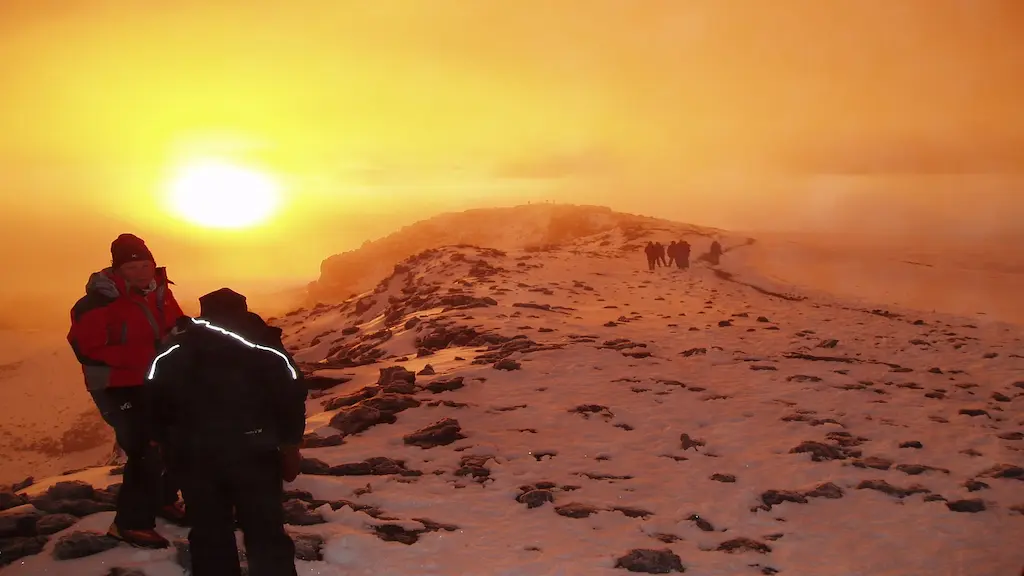
Of course, you will hear that climbing Kilimanjaro is not very physical but it is important to clarify this truth. No, Kilimanjaro does not require any particular physical condition in terms of muscular commitment or climbing techniques. However, climbing to 5,895 meters will subject your body to the effects of altitude such as the lack of oxygen and the change in pressure often resulting in headaches, vomiting, fatigue, and loss of appetite.
Add to this the extreme temperatures, and you can understand the considerable effort required of your body to walk for several hours in these conditions. This is the secret of the success of the Kilimanjaro ascent: walk very slowly and respect your rhythm to give your body time to acclimatize.
If you want to be in the top 40% of successful climbs, consider preparing yourself physically for the expedition. Without training for the Olympics, focus on at least two workouts a week, running, and exercises to prepare your lungs for the lack of oxygen, such as HIIT sessions, if possible several months before your departure.
Also Read: Alberobello Discover The Trulli The Atypical Houses of Italy


